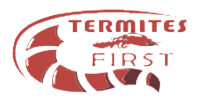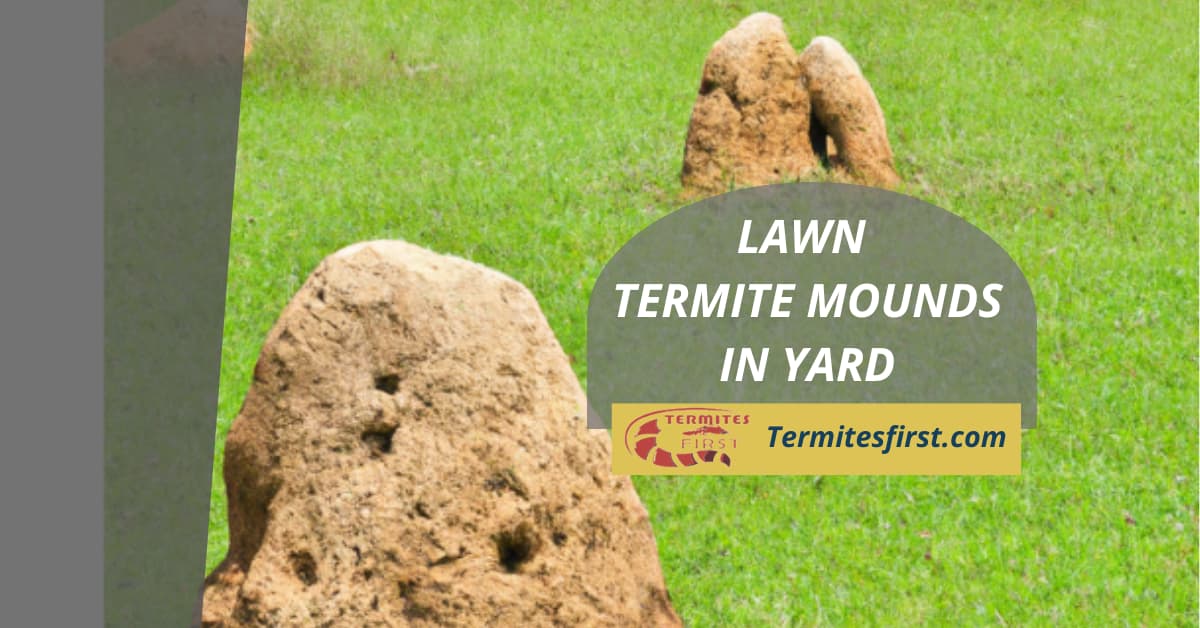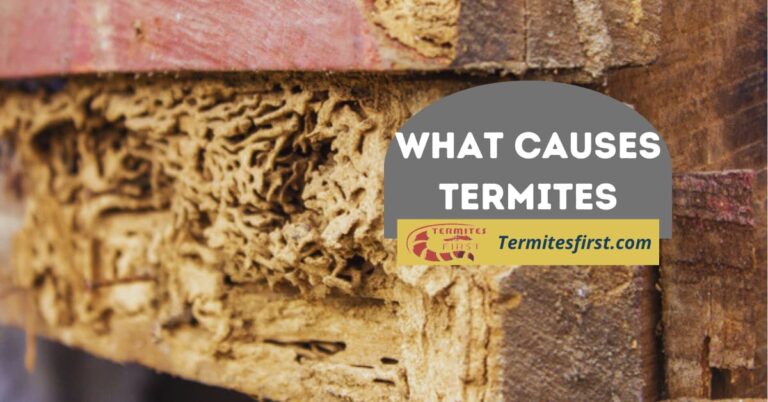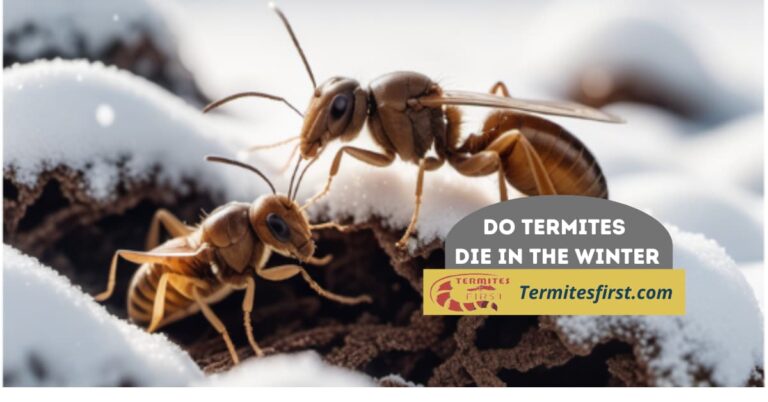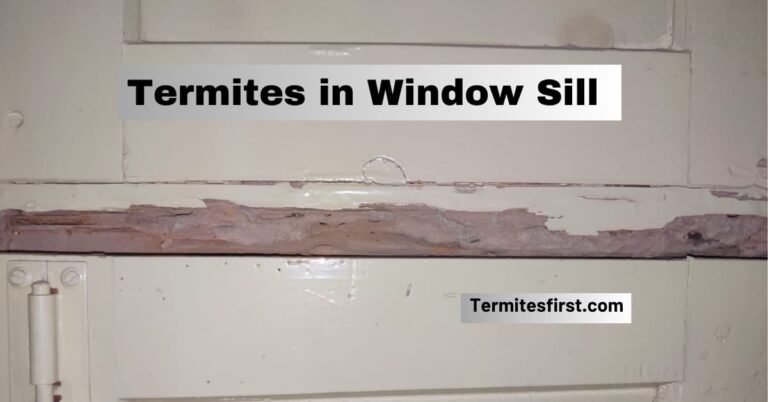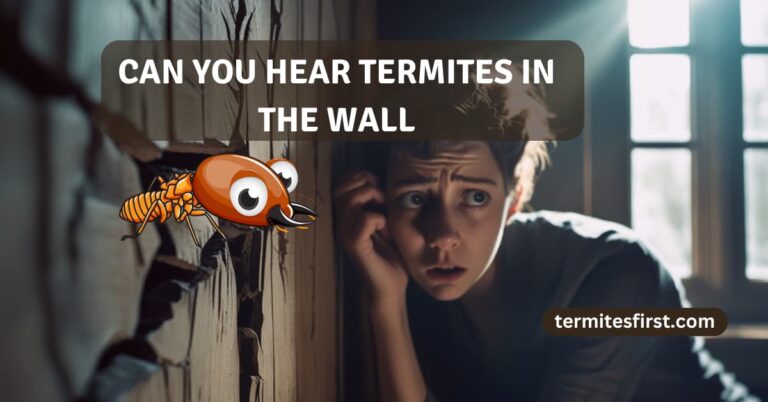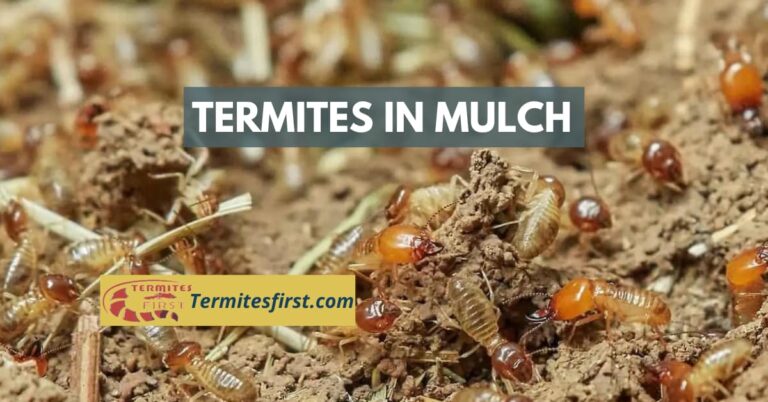Lawn Termite Mounds in Yard: Easy Identification Tips
Finding termite mounds in yard, especially when they swarm with live termites, can be quite troublesome. While they may appear harmless at first glance, these small mounds can damage my grass and even pose a risk of termites invading my home. This situation calls for effective termite prevention strategies and the use of termite baits to avoid further infestations. I’ve discovered that these round mounds, often containing termite droppings, indicate a more significant issue lurking beneath, like ant activity. Recognizing the signs of small mounds and termite feces is essential for safeguarding both my yard and home. In this post, I will provide helpful tips for identifying these annoying termite mounds and outline the next steps to take. Let’s explore how to address this problem efficiently.
Key Takeaways
- Look for raised, cone-shaped mounds in your yard to identify potential termite activity.
- Check for signs of termites, such as wood damage or mud tubes, to confirm their presence.
- Use targeted treatments, like insecticides or bait systems, to effectively eliminate existing termite mounds.
- Regularly inspect your property for termite issues and remove any wood debris to prevent future infestations.
- Consider professional pest control services for termite issues if the infestation is severe or hard to manage on your own.
- Educate yourself about termite behavior and habits to better protect your yard from these pests.
Identify Termite Mounds

Common Types
I often find common termite mounds in my yard. These structures can vary in size and shape. The shape helps identify the species of termites present. Some mounds, like termite mounds, are small, while others can be quite large.
Signs of Activity
Look for signs around the mound. Termite mud tubes are a key indicator of activity. These tubes connect the mound to the ground. They allow termites to travel safely. I usually inspect for termite fecal matter near the mound too. This waste can indicate a termite infestation.
Worker Ants
Check for worker ants near the mound. Their presence shows that there is an active colony. These ants maintain the mound and help with feeding the queen. I remember seeing these ants scurrying around when I first discovered a termite mound in my yard.
Observing Behavior
Observing behavior is essential to understand the situation better. Noticing how termites move can provide clues about their health and activity levels. I take time to watch them from a distance, as this gives me insight into whether they are thriving or struggling, like a termite.
Recognize Signs of Termites
Damage Signs
Inspect wooden structures in your yard. Look for signs of damage or hollowing. These can indicate active termites feeding on the wood. I recall checking my fence posts and finding small termite holes that worried me. The damage can be subtle but significant over time.
Mud Tubes
Watch for mud tubes. These structures lead from the ground to wooden surfaces. They are a common sign of subterranean termites. Finding these tubes means you might have a visible termite infestation nearby. I often spot termite them along my garden shed, reminding me to act quickly.
Sounds and Droppings
Listen for sounds within wooden materials. Termites create noise while feeding or moving. This sound, like a termite, can be faint but noticeable if you pay attention. Also, look for termite droppings, which resemble tiny pellets. These termite feces can indicate the presence of affected termites in your home.
Swarming Behavior
Be aware of swarming behavior as well. Winged termites, known as termite swarmers, leave their colonies to find new homes. If you see them indoors, like termite activity, it’s a clear sign of an infestation. I once found several winged termites near my window, which prompted a thorough inspection.
Eliminate Termite Mounds
Chemical Insecticides
Apply chemical insecticides carefully. Follow the safety guidelines to minimize health risks. These products can effectively target destructive termites in your yard. I always read the labels before using any chemicals. Understanding the right application method for termite control is crucial for safety and effectiveness.
Baited Traps
Set up baited traps strategically around your yard. These traps attract termites and help eliminate them effectively. A termite bait system can be very useful. It works by luring termites into the bait stations, where they consume the bait and take it back to their colonies. I have seen how well these termite systems work in my own experience.
Professional Help
Contact professional pest control services for a comprehensive assessment. Experts can identify large termite colonies and recommend treatment options tailored to your situation. They may suggest termite removal kits or more advanced solutions based on the severity of the infestation. Relying on professionals ensures that all potential termite issues are addressed thoroughly.
Prevent Future Infestations
Maintain Dry Environments
Fixing leaks is crucial. Water attracts pests like termites. I always check for leaks in my home. Proper drainage around your property can help keep it dry and prevent termite infestations. This reduces the chances of termite infestations.
Store Materials Properly
Store firewood and cellulose materials away from the house. Termites feed on these materials. By keeping them at a distance, you lessen their attraction to your home from termite. I learned this the hard way after finding termites near my woodpile.
Regular Inspections
Regularly inspect your yard for signs of termite activity. Look for mud tubes or damaged wood. Catching an infestation early makes a big difference. I often walk through my garden to check for any unusual signs of termite.
Using chemical insecticides can help manage existing termite colonies, but prevention is key. Professional pest control services offer traps and bait stations to monitor and control termite pests effectively. These services can provide peace of mind.
Conclusion:-
I’ve shared how to identify and tackle those pesky lawn termite mounds. Recognizing the signs of a termite infestation early can save you a lot of headaches down the road. Eliminating these termite mounds and preventing future infestations is key to maintaining a healthy yard. With the right approach, I can keep my outdoor space termite-free.
Now that I know what to look for, like a termite, and how to act, it’s time to take charge. Don’t let termites ruin your yard. Take action today to protect your home from termite infestations and enjoy a beautiful, pest-free lawn. Let’s keep our yards thriving!
FAQ’s:
Termite mounds are typically small, dome-shaped structures made of soil and saliva. They can range in size from a few inches to several feet high, often appearing as raised earth or dirt piles in your yard, possibly indicating a termite issue.
Look for mud tubes, discarded wings, or damaged wood. You may also notice hollow-sounding wood or small piles of frass (termite droppings). Early detection is crucial for effective treatment.
Yes, termite mounds can damage your lawn by disrupting the soil structure and harming grass roots. They indicate an underlying termite infestation that needs addressing to protect your yard’s health.
To eliminate termite mounds, use targeted insecticides specifically designed for termites. Alternatively, consult a pest control professional for safe and effective removal methods tailored to your situation.
Yes, you can prevent termites by reducing moisture around your home, sealing cracks, and removing wood debris. Regular inspections and treatments can also help keep these pests at bay.
Absolutely. Termites can cause significant structural damage over time. If you spot mounds or signs of infestation, take immediate action to protect your property.
Call a pest control expert if you notice signs of termite activity or if DIY methods fail. Professionals can provide thorough inspections and targeted treatments to ensure long-term protection.
